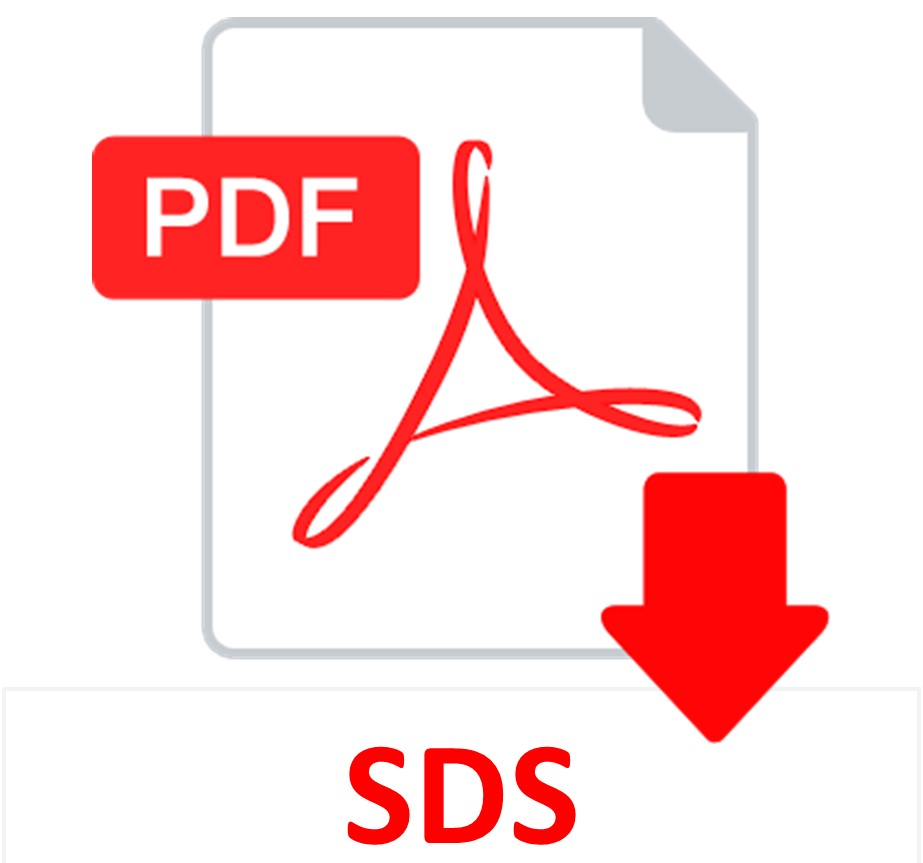Decalcifying Solution, HCL/EDTA
(use: Excellent for bone marrows. Gentle but quick!)
- Shelf Life is 2 years from date of manufacture.
SOLUTION:
| 1 Liter | 6 X 1 Liter | 1 Gallon | |
| Decalcifying Solution, HCL/EDTA | Part 1050A | Part 1050A | Part 1050C |
Additionally Needed:
| Decalcification End Point Set | Part 1051 |
For storage requirements and expiration date refer to individual bottle labels.
APPLICATION:
Newcomer Supply Decalcifying Solution, HCL/EDTA, combines acid and chelating decalcifying agents, with an added tartrate buffer for prevention of cellular swelling and distortion. This solution provides rapid decalcification, maintains excellent cellular morphology and is suitable for all bone specimens from bone marrow biopsies and disc material (light bone) to femoral head and long bone sections (compact bone). It is not recommended for use when proteoglycan preservation in articular cartilage is important.
METHOD:
Fixation: Formalin 10%, Phosphate Buffered (Part 1090)
-
- See Procedure Note #1.
Technique: Paraffin sections cut at 4 microns on adhesive slides
Solutions: All solutions are manufactured by Newcomer Supply, Inc.
PROCEDURE:
-
- Fix bone for a length of time sufficient for specimen size and type.
-
- See Procedure Note #2.
-
- Adequate bone fixation is essential before decal solution exposure.
- Wash fixed specimen in running tap water for 10 minutes.
- Submerge fixed bone segment in Decalcifying Solution, HCL/EDTA, adequately covering specimen at a 20:1 ratio.
-
- See Procedure Notes #3 and #4.
-
- Check specimen regularly for adequate solution coverage. Change solution daily and do not add or mix fresh solution with old.
- Decalcification time will vary, dependent on bone size and weight.
-
- Check light bone samples every 30 to 60 minutes.
- Check compact bone samples every 1 to 2 hours.
- Bone marrow or light bone biopsies, on average, will decalcify in 1 to 2 hours.
- 3 mm thick section of femoral head, on average, will decalcify in 3 to 4 hours.
-
- Check decal completion at regular intervals with Decalcification End Point Set (Part 1051) to deter over-decalcification.
-
- See Procedure Note #5.
-
- Wash in running tap water when decalcification is complete.
-
- Wash small samples 30-60 minutes.
- Wash larger bones 1-4 hours.
- Additional trimming of decaled bone can occur at this point to size and thickness suitable for tissue processing.
-
- Proceed with tissue processing procedure for bone specimens.
- Trim block and section bone. If trimming or sectioning is impaired due to bone hardness, surface decalcification is recommended.
-
- See Procedure Note #6.
-
- Perform surface decalcification: Soak exposed tissue surface side down in recommended decalcifying solution for 15-60 minutes. Rinse block with distilled water to remove corrosive acids and re-section.
-
- See Procedure Note #7.
-
- Fix bone for a length of time sufficient for specimen size and type.
PROCEDURE NOTES:
-
- Other fixatives suitable for bone specimens include: AZF Fixative (Part 1009), B-5 Fixative Modified, Zinc Chloride (Part 1015), Bouin Fluid (Part 1020), Zamboni Fixative (Part 1459) and Zinc Formalin Fixative (Part 1482).
- Reduce size of a larger bone by bisecting bone into smaller pieces and remove excess soft tissue and skin for faster fixation. Maximum bone thickness of 3-5 mm is recommended.
- Decal solution should be in contact with all specimen surfaces. For multiple pieces, ensure pieces are separated or suspended and not in direct contact or stacked on each other.
- Enhance decal with low-speed agitation shaker, rotator or stir plate.
- Decalcification end-point testing can also be done with specimen radiography. Physical probing of bone is not recommended.
- Decalcifying Solution, HCL/EDTA is not a preferred product for surface decalcification. Decalcifying Solution, Formic Acid 5%, Aqueous (Part 1049) and Decalcifying Solution, Formic/Citrate (Part 10492) are recommended for optimal surface decalcification.
- Only a few calcium-free sections will be obtained after surface decalcification. Repeat the process for additional sections.
REFERENCES:
-
- Bancroft, John D., and Marilyn Gamble. Theory and Practice of Histological Techniques. 6th ed. Oxford: Churchill Livingstone Elsevier, 2008. 338-343.
- Callis, Gayle and Diane Sterchi. “Decalcification of Bone: Literature Review and Practical Study of Various Decalcifying Agents, Methods, and Their Effects on Bone Histology.” The Journal of Histotechnology 1 (1998): 49-58.
- Luna, Lee G. Manual of Histologic Staining Methods of the Armed Forces Institute of Pathology. 3rd ed. New York: Blakiston Division, McGraw-Hill, 1968. 6-11.
- Urban, Ken. “Routine Decalcification of Bone.” Laboratory Medicine4 (1981): 207-212.
- Villanueva, Anthony. “Experimental Studies in Demineralization and Its Effects on Cytology and Staining of Bone Marrow Cells.” The Journal of Histotechnology3 (1986): 155-161.
- Modifications developed by Newcomer Supply Laboratory.



